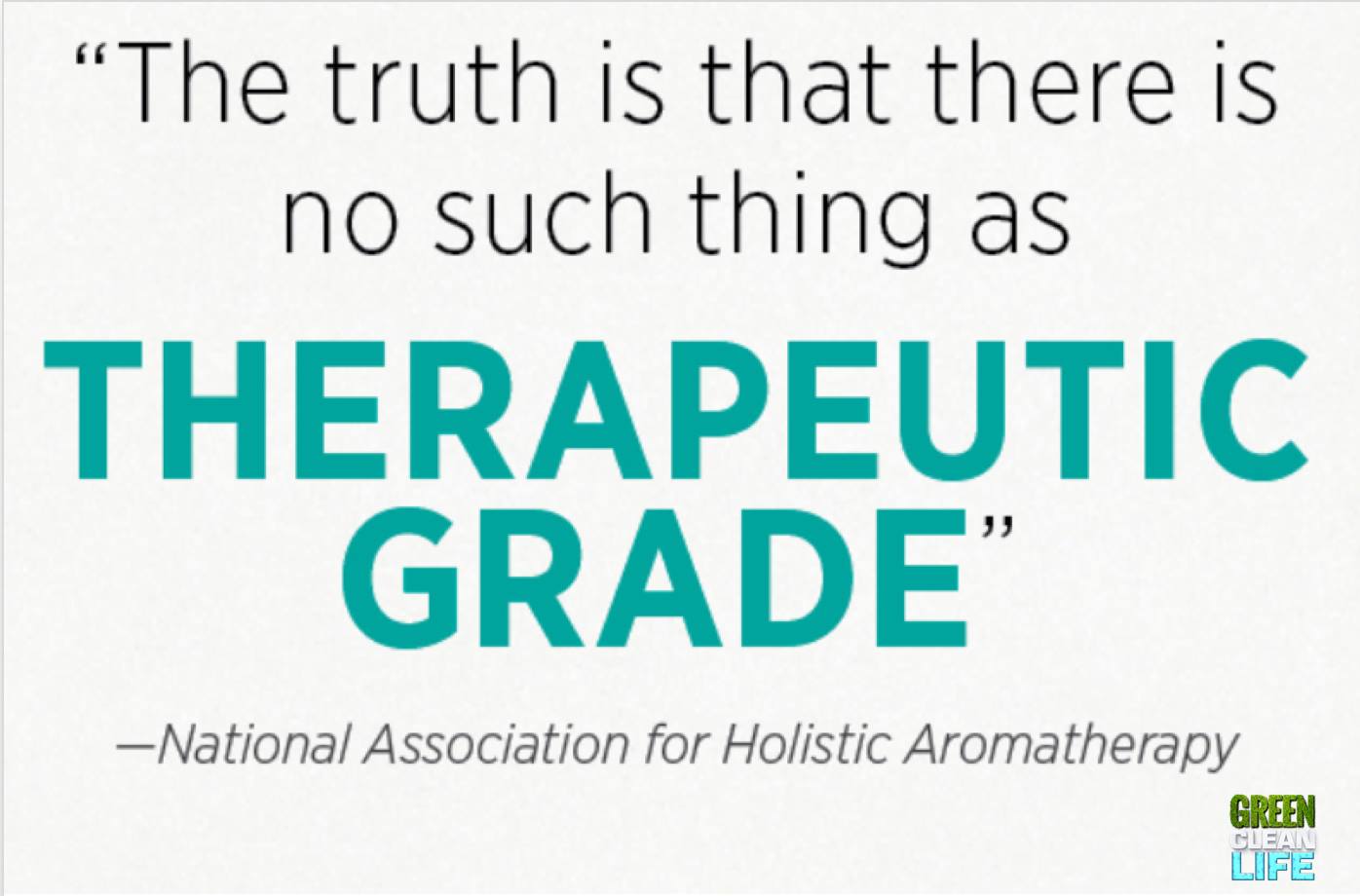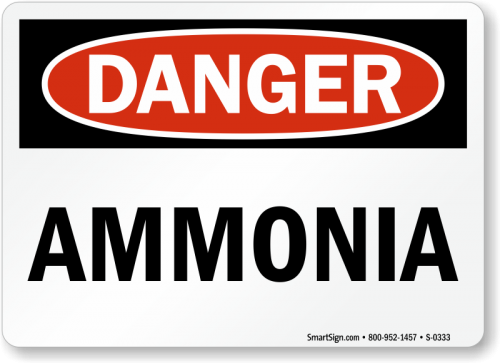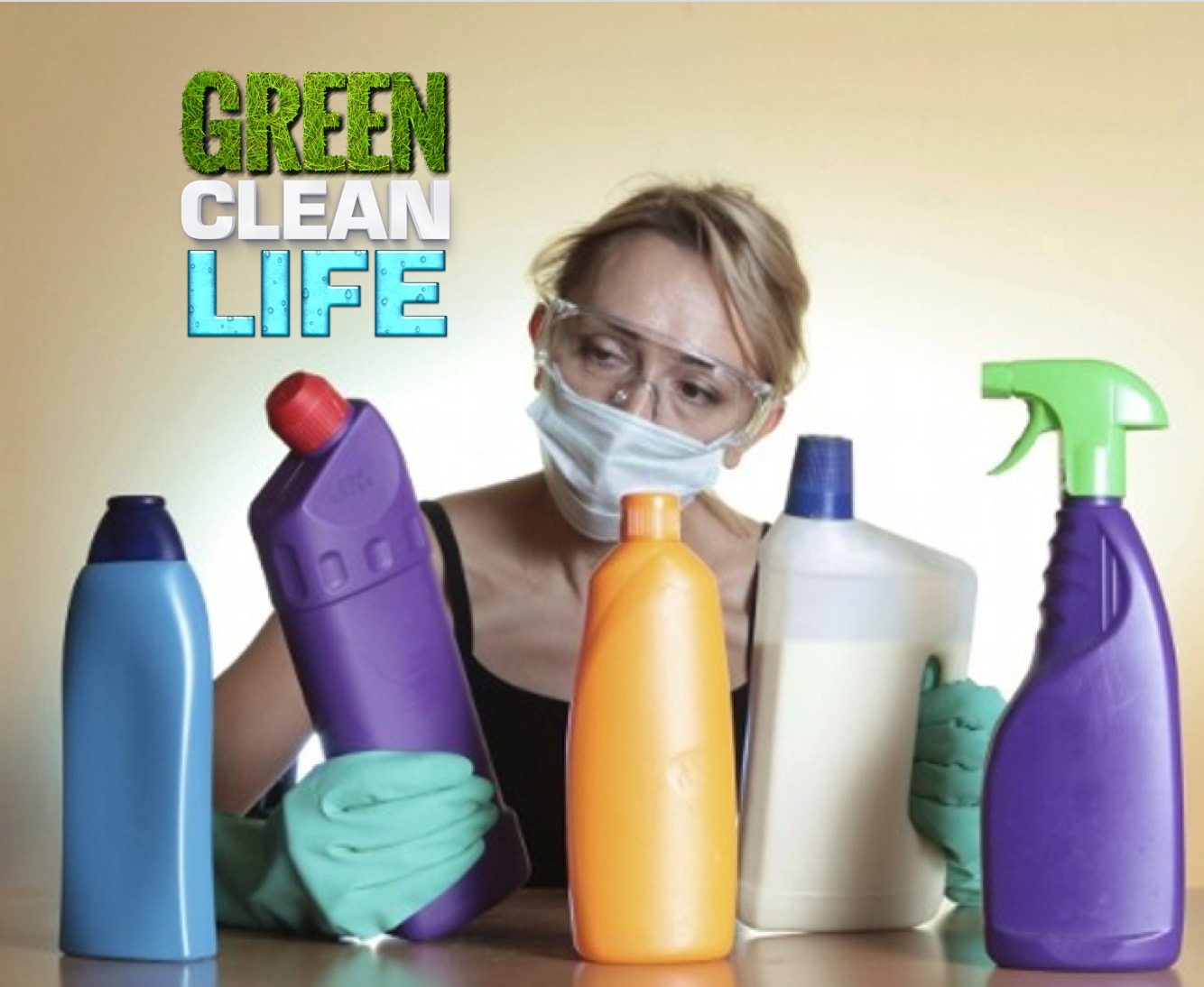The topic of essential oils has become a hot one throughout the world, and it seems that every day there is a new use or medicinal purpose for what we originally thought just had a benevolent fragrance. The question has now become “what is fact versus fiction, what are its medicinal benefits, and what does therapeutic grade really mean?”.
There is no denying that essential oils have many fascinating uses, but what exactly can you do with them? While most companies don’t recommend imbibing the oils themselves, they say it is ok to use them sparingly while cooking. Science has shown there is no medicinal benefit to doing so, but it has created a new fragrant style of cooking where chefs can use their creativity by adding powerful aromas to their dishes.
While cooking it produces one effect, many people believe that combining the pure oils with carrier oils and applying them to specific areas can have many health benefits. While some of the claims tend to be a bit outlandish, scientists have insisted to not throw all of the claims, such as healthy skin, acne treatments, and other small ailments. Other claims such as curing cancer and serious illness tend to take away from some of the amazing therapeutic benefits essential oils can be used for.
This is where people generally get confused with the term “therapeutic grade”. The definition tends to vary from company to company which makes sense when you see that most of the research was done within their own facilities. In fact, there is no certification or credibility behind the term “therapeutic grade”. You can only mention purity of an oil and it is either pure or it is not.
Scents have more power than we think and when used properly they can help us remember things we may have suppressed or bring back warm memories of our youth. It can help us unwind and lower our blood pressure by relieving our stress. There are scientific reasons for why essentials oils are actually good for you, so stop looking for miracles and focus on the facts behind and the ingredients in the product you are using. There is only one type of essential oil you should be looking at for the best results, 100% pure essential oils. Therapeutic grade is a marketing, not a scientific term.





